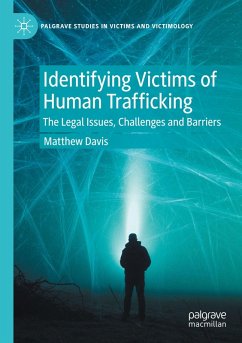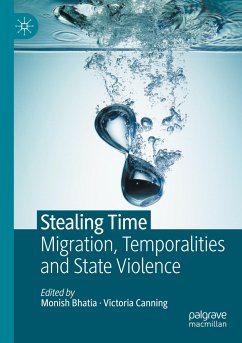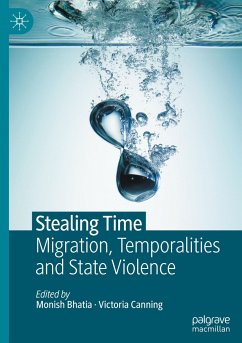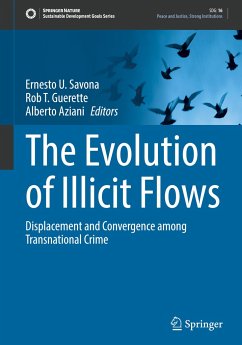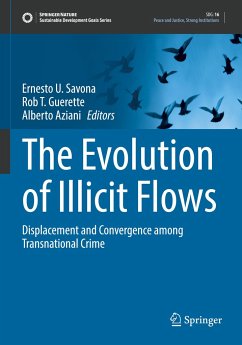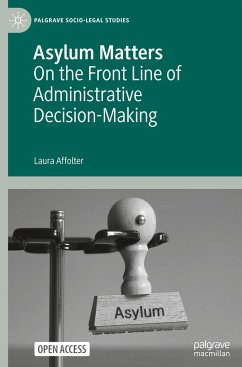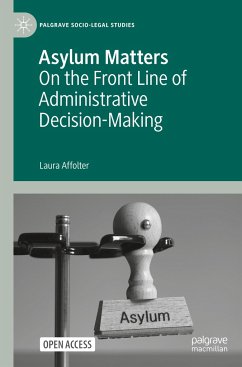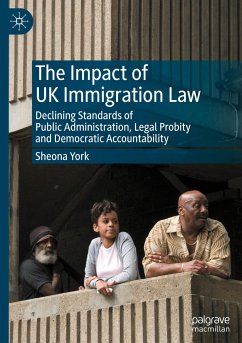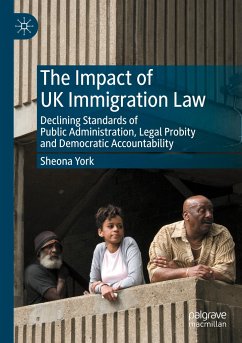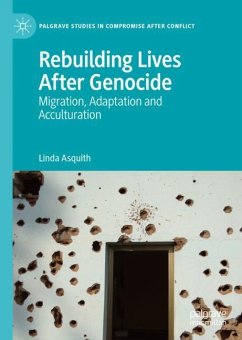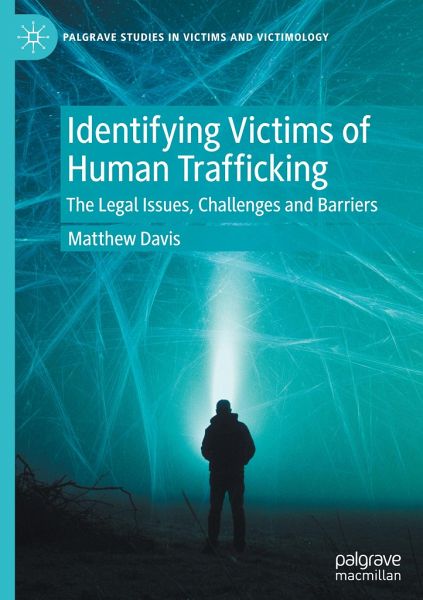
Identifying Victims of Human Trafficking
The Legal Issues, Challenges and Barriers
Versandkostenfrei!
Versandfertig in 6-10 Tagen
98,99 €
inkl. MwSt.
Weitere Ausgaben:

PAYBACK Punkte
49 °P sammeln!
This book emphasises the importance of difficulties identifying victims of human trafficking. It is often challenging for trafficked victims to be identified, for victims to self-identify, and for victims to be distinguishable from other groups of vulnerable people such as economic migrants, asylum seekers, refugees and smuggled persons. This book examines the environments where difficulties of identifying foreign victims exist or identification is overlooked entirely. It argues that a victim-centred approach is required to recognize them for who they are, a trafficked victim. This lies in opp...
This book emphasises the importance of difficulties identifying victims of human trafficking. It is often challenging for trafficked victims to be identified, for victims to self-identify, and for victims to be distinguishable from other groups of vulnerable people such as economic migrants, asylum seekers, refugees and smuggled persons. This book examines the environments where difficulties of identifying foreign victims exist or identification is overlooked entirely. It argues that a victim-centred approach is required to recognize them for who they are, a trafficked victim. This lies in opposition to the justice system which often takes the oath of prosecuting victims rather than identifying them as victims, criminalising them for offences as part of their exploitation, forced upon them under duress from their exploiters. Drawing on a range of subjects, this book contributes to existing academic work and speaks to anti-trafficking organisations, charities, public authorities and staff within the UK's National Referral Mechanism to play a pivotal role in spotting, referring and identifying more foreign trafficked victims, despite the current negativity surrounding immigration.



